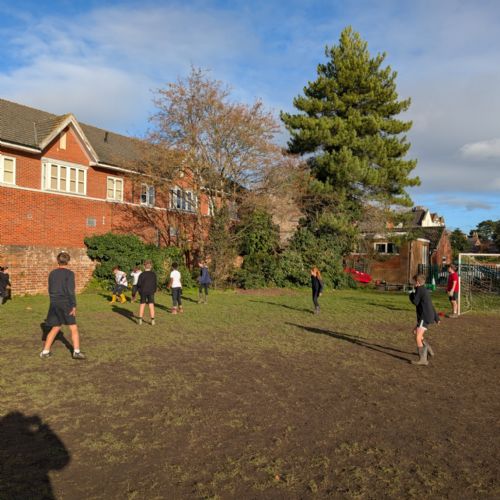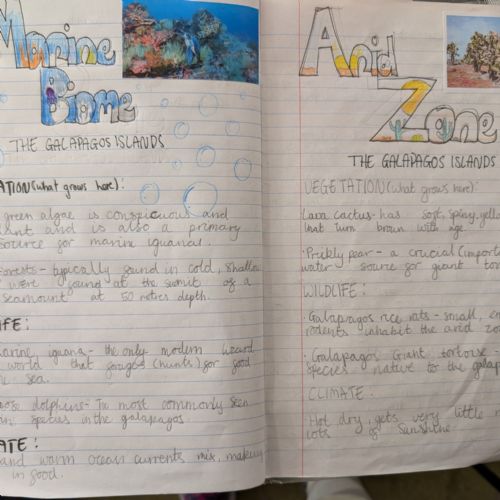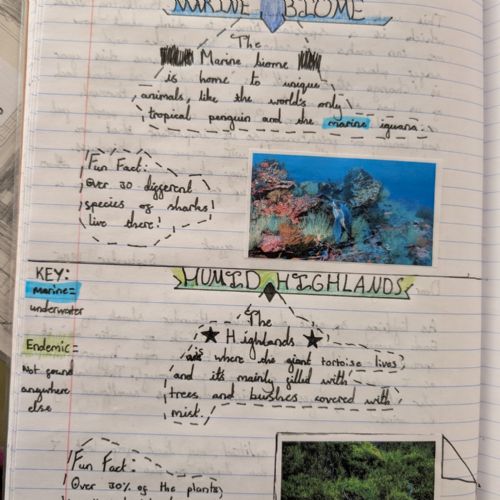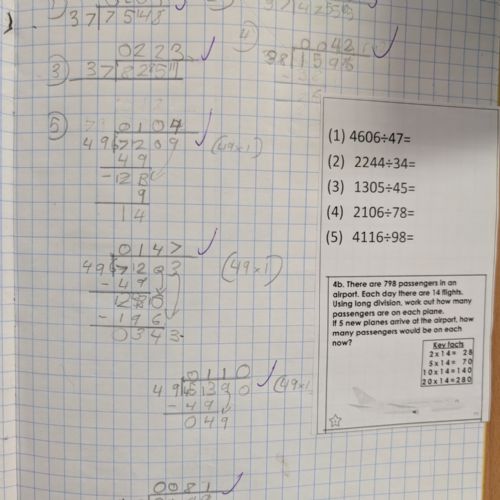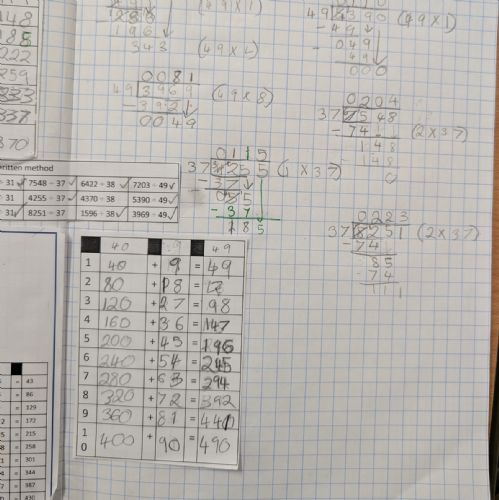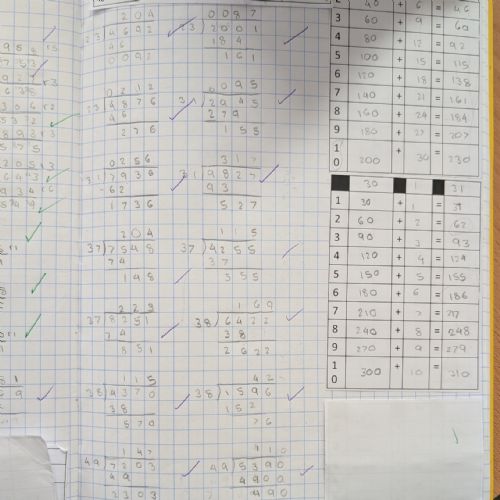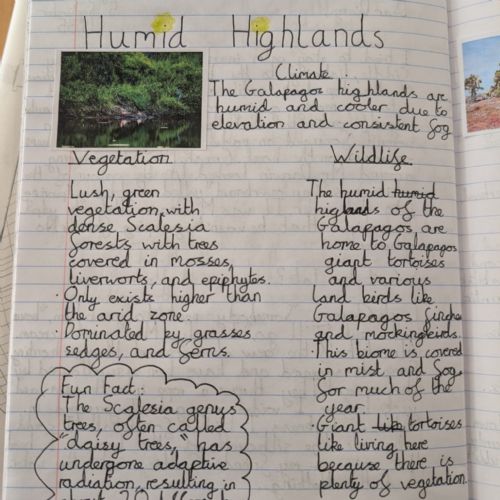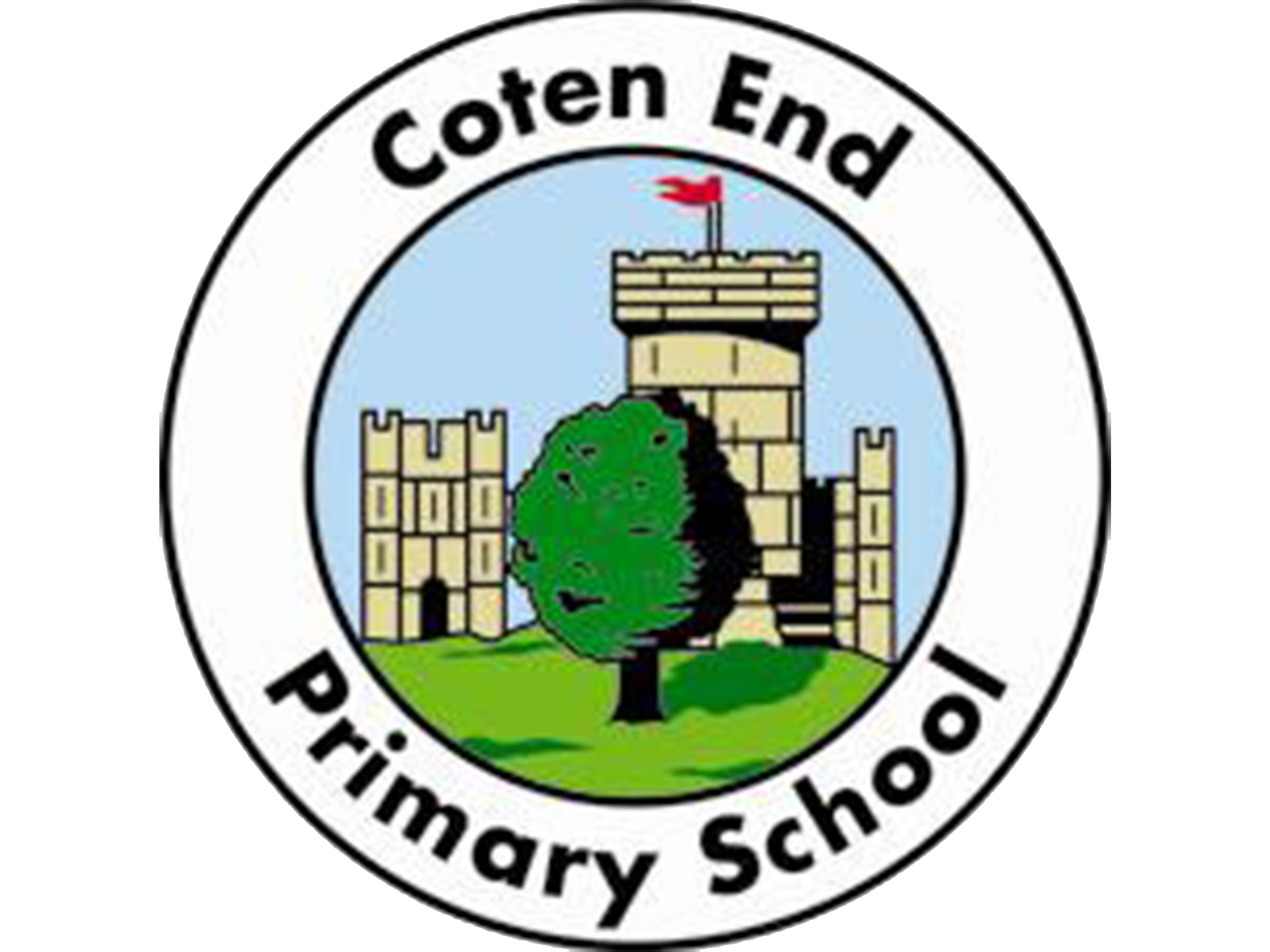
Coten End Primary School
Week beginning 17.11.25
Galápagos Island Biome Research!
This half term we are researching the Galápagos Islands as part of our work on Charles Darwin, and we are specifically learning about the different biomes found there. The biomes we need to know about are Arid, Humid Highlands, Marine, Coastal and Transition.
The Arid Zone is a desert-like biome with very high temperatures. Because it is so hot, most wildlife avoids this region, and cacti are extremely common. The Humid Highlands are warm but also very wet, almost like a rainforest. This biome is home to many unique animals, including the giant tortoise, which can weigh a quarter of a ton! The Marine Biome is full of wildlife and contains thousands of different species. A special animal found only in the Galápagos is the Galápagos sea lion — and you’re not allowed to touch them! The Coastal Region lies on the edges of the islands and is home to crabs, lobsters and many other crustaceans. Its sandy beaches are washed by the waves. The Transition Zone sits between the Arid and Humid biomes and has features of both.
Overall, the Galápagos Islands are full of fascinating habitats, each with its own unique plants and animals.
Mikael
DIVISION
This term we’ve been practising short division, and now we are working on long division. For me, the first two lessons were a struggle, but now I’m enjoying it. We watched a video that really helped some of us understand the steps more clearly. Some of us are still finding it tricky, but division is a hard subject — and we’ve shown a lot of resilience.
Mambo
Football
We started with dribbling through the cones, and after about five minutes we moved on to passing in a triangle. Then we practised taking penalties — I scored all of mine! Finally, we finished the lesson with a match.
Charlie
